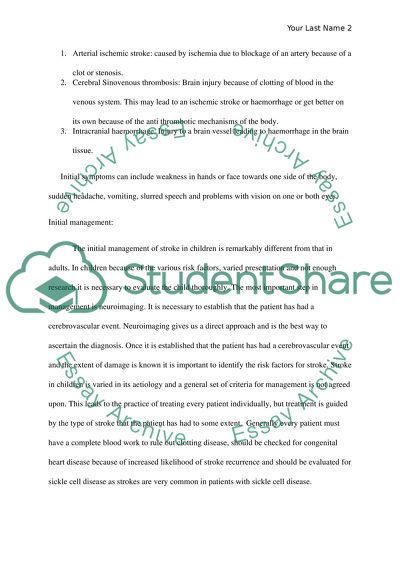Cite this document
(“The Effects of All Three Categories of Strokes on Children from 2 to Essay”, n.d.)
Retrieved from https://studentshare.org/health-sciences-medicine/1434031-the-effects-of-all-three-categories-of-strokes-on
Retrieved from https://studentshare.org/health-sciences-medicine/1434031-the-effects-of-all-three-categories-of-strokes-on
(The Effects of All Three Categories of Strokes on Children from 2 to Essay)
https://studentshare.org/health-sciences-medicine/1434031-the-effects-of-all-three-categories-of-strokes-on.
https://studentshare.org/health-sciences-medicine/1434031-the-effects-of-all-three-categories-of-strokes-on.
“The Effects of All Three Categories of Strokes on Children from 2 to Essay”, n.d. https://studentshare.org/health-sciences-medicine/1434031-the-effects-of-all-three-categories-of-strokes-on.


